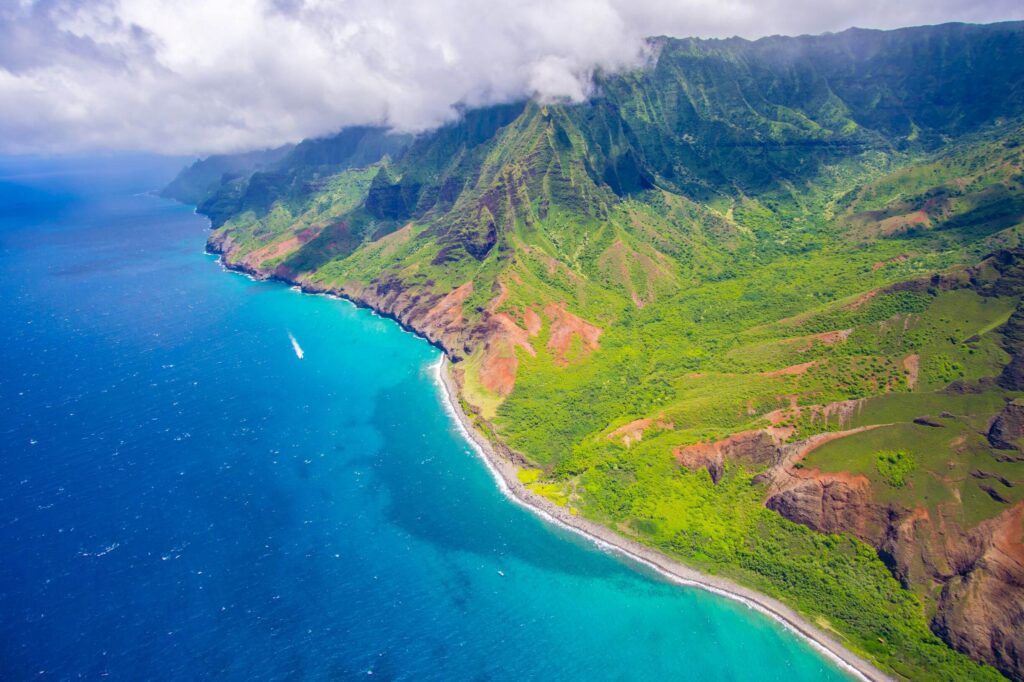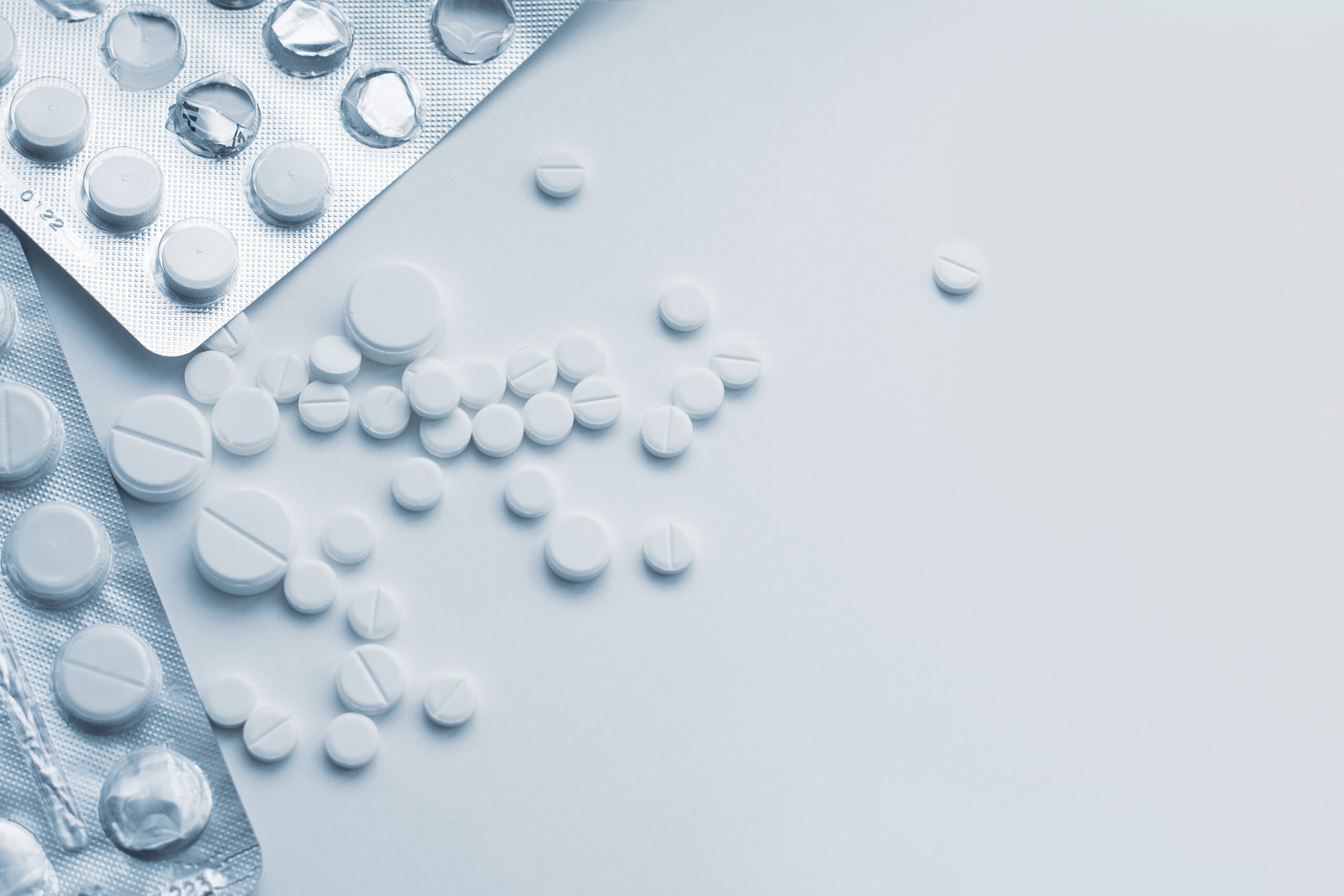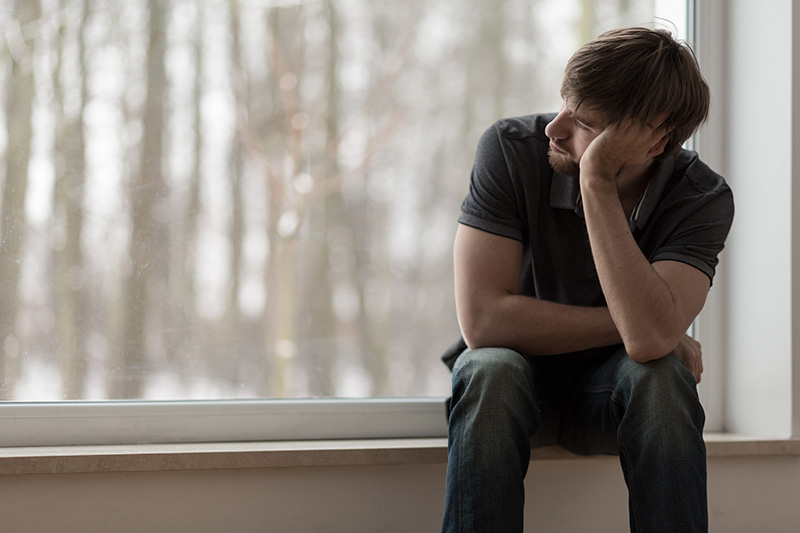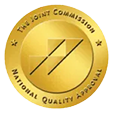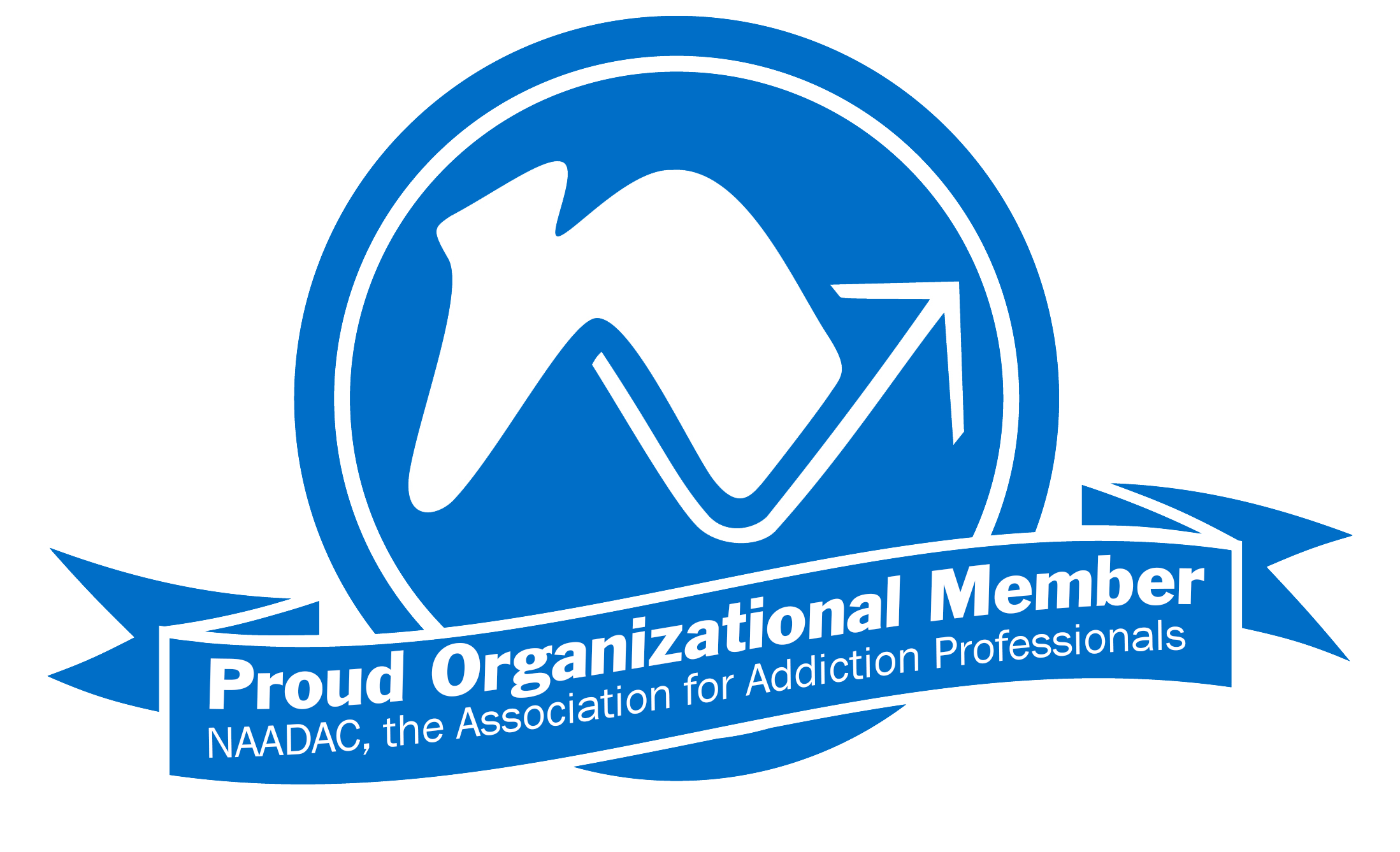Hawaii is a beautiful area and one that is popular with tourists. During normal times, millions of people travel from across the world to visit the islands. In 2019, more than 10 million visitors vacationed in the state. On any given day, Hawaii welcomed 249,000 visitors. While it is a great place to live and to vacation, Hawaii addiction statistics also indicate that a number of people on the islands experience substance use disorders. The good news is that addiction treatment in Hawaii is available and is effective.
A National Issue
Substance use disorders are a major issue both nationally and in Hawaii. The United States is in the midst of an opioid crisis that claims the lives of approximately 192 people a day. The opioid epidemic alone is estimated to carry an economic burden of up to $78.5 billion a year. While substance use disorders affect people of all walks of life, these disorders have strong health and social impacts on vulnerable populations such as people with mental health disorders and people experiencing homelessness.
A Hawaiian Issue
In the State of Hawaii, substance use begins at a younger age as compared with the rest of the nation. Among those receiving addiction treatment in Hawaii, 11.8% of substance use cases began before age 12, and 53.8% began between ages 12–17. The top substances of abuse in the state are methamphetamine (with 34.2% of people with a substance use disorder reporting methamphetamine use), marijuana (30.2%), and alcohol (18.9%). Overall, 44.6% identify as Native Hawaiian, 15.9% as white, 11% as Pacific Islander, and 8.9% as Filipino.
In Need of Treatment
According to the Substance Abuse and Mental Health Services Administration (SAMHSA), in 2018, about 7.4% of Americans ages 12 years or older had some form of substance use disorder, equating to 20.3 million individuals. Of those, 18.9 million did not receive any type of specialty addiction treatment.
Many people in Hawaii are in need of treatment, yet do not receive it. From 2010–2012, 92.7% of people in need of alcohol use disorder treatment did not receive it. Similarly, 98% of those in need of substance use disorder treatment did not receive it.
Hawaii Addiction Statistics
The 2018 State Epidemiologic Profile, prepared by the Alcohol and Drug Abuse Division (ADAD) of the Hawaii State Department of Health (DOH) and the Center on the Family (COF) of the University of Hawaii at Mānoa, indicates that the use of drugs and alcohol among youths and adults continues to be prevalent in the state.
The profile shows that adult rates remained stable across all substances between 2011 and 2017 with 30-day marijuana use having the highest overall reported rates. Adults aged 18-25 reported significantly higher rates of use for all consumption indicators such as past month marijuana use, past year cocaine use, past month illicit drug use other than marijuana, and past year nonmedical use of pain relievers when compared to adults 26 and older. Adults aged 18-25 also reported lower perceptions of risk from marijuana use. With respect to illicit substance use and pregnancy, those younger than age 20 reported higher rates of use in the month prior to pregnancy as well as during pregnancy.
Differences were evident between adults aged 18-25 and those 26 and over in all indicators. Adults aged 18- 25 reported significantly higher rates of use for past month marijuana use, past year cocaine use, past month illicit drug use other than marijuana, and past year nonmedical use of pain relievers. Adults aged 26 and older reported more frequent perceptions of great risk of harm from marijuana use than those aged 18-25 years old.
Overdoses and Related Illnesses
While the use of substances such as opioids, cocaine, and alcohol, among others, can significantly impact the mental and physical health of those who are addicted, these drugs can also cause other issues, some of which are tragic.
In the U.S., there were 67,367 drug overdose deaths reported in 2018. Opioids were involved in 46,802 overdose deaths in 2018—nearly 70% of all overdose deaths. Deaths involving synthetic opioids other than methadone (including fentanyl and fentanyl analogs) continued to rise with more than 28,400 (a rate of 9.9) overdose deaths in 2018.
In Hawaii, there were 14.3 deaths from drug overdose for every 100,000 people in the state. Deaths involving prescription opioids trended down but there were no significant decreases from 2017-2018. In 2018, Hawaii providers wrote 33.4 opioid prescriptions for every 100 persons, compared to the average U.S. rate of 51.4 prescriptions.
Addiction Treatment in Hawaii
Providence Treatment has expanded and now provides evidence-based addiction treatment and recovery services to professionals in Hawaii. Under the leadership of Dr. William J. Heran, who first began working in Honolulu in 1985, we offer assessments and treatments that may include Cognitive Behavioral Therapy (CBT), EMDR and Exposure Therapy, and Dialectical Behavior Therapy (DBT), based on your individualized needs.
To maintain everyone’s health and safety, we provide these services via telehealth, in accordance with CDC and WHO COVID-19 guidelines. Call us at (808) 445-6780 to get started on your addiction treatment in Hawaii.

